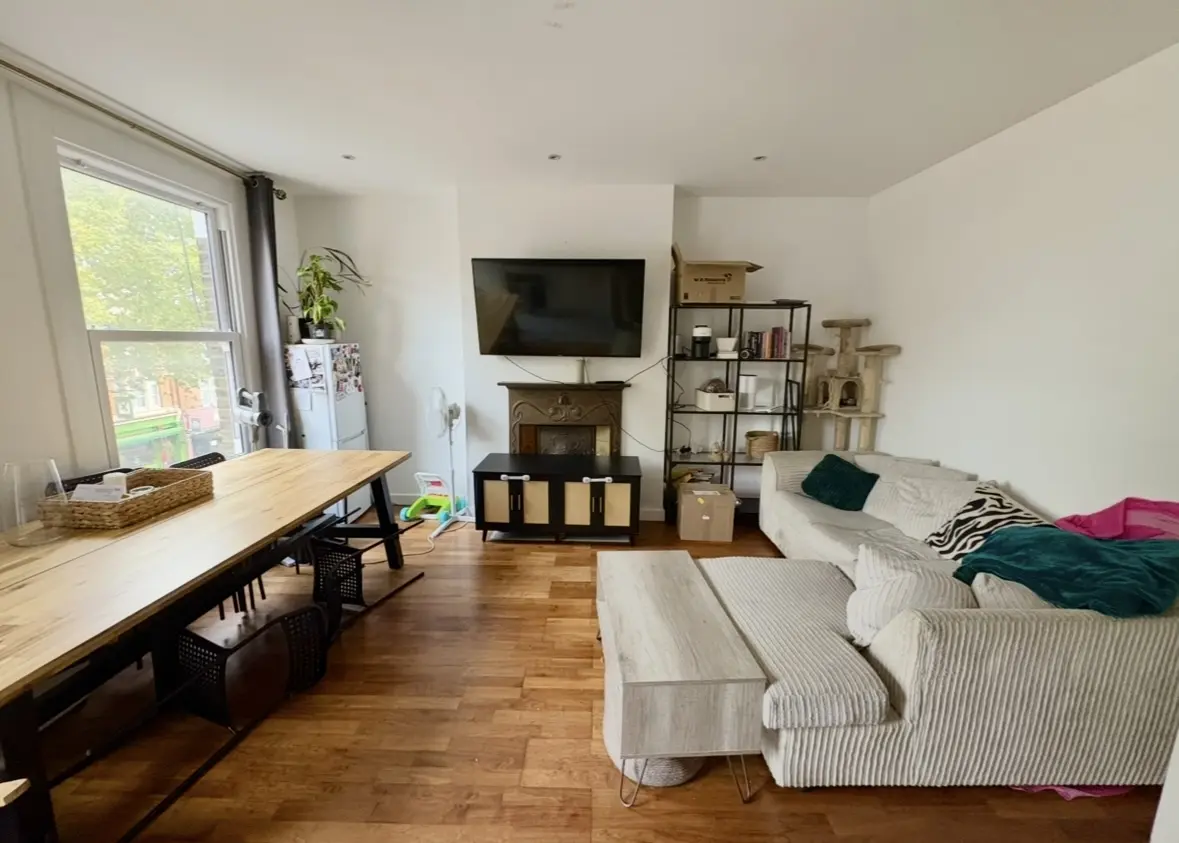
Three-Bedroom Apartment to Let – Chiswick High Street, W4
Chiswick High Rd., Chiswick, London W4 4HH, UK
£2,400 / Month
The buy-to-let market has grown in popularity over the years as one of the well-worn routes into investment in the UK, offering the prospect of a regular, decent-sized income and a long-term appreciating asset. In navigating the buy-to-let landscape, the key steps pertain to gaining an understanding of the market, regulations, and property selection. Here is a guide on what you need to know and the best tips for success in the UK buy-to-let property market.
1. Proper Market and Location Research
Why It Matters: Location is a very important aspect of property investment. Places in high demand might provide comparatively better rental returns and tenant demand, while places that are still emerging may give better growth potential at relatively low entry cost.
What to Do: Research areas that have transport links, proximity to universities, and essential amenities such as shops and parks. Cities like Manchester, Birmingham, and London generally have strong demand, but lower-priced properties in smaller towns can yield a good return too. Websites such as Zoopla and Rightmove are really useful for comparing local prices, trends, and rental rates.
2. Understand Buy-to-Let Mortgage Requirements
Why It Matters: Buy-to-let mortgages differ from residential mortgages. They often require a bigger deposit, usually up to 20-40%, and the interest rates may also be higher.
What to Do: Take the advice from mortgage advisors who have experience in buy-to-let products to understand the viable alternatives. The lenders will assess the property for rental income and usually require that this covers 125-145% of the monthly mortgage repayments, which may vary from one lender to another. Work toward competitive rates and terms for the assurance of profit maximization.
3. Calculate the Rent Yield and Profitability
Why It Matters: Your rental yield is the annual rental income as a percentage of the price, and it therefore forms a big part of profitability.
What to Do: To calculate rental yield, one needs to divide annual rental income by property purchase price and multiply by 100 to reach a percentage. For example, if a property costing £200,000 creates an annual rent of £10,000, then it would yield 5%. Usually speaking, a good yield is considered anything in between 5% and 8% for any buy-to-let properties in the UK.
4. Consider Tax Implications and Changes
Why It Matters: UK tax laws on landlords have changed over the years and impact how much money they can make from their investments. For buy-to-lets, one needs to consider income tax payable, capital gains tax, and the additional 3% stamp duty on second properties.
What to Do: Factor these expenses into your accounts. In this manner, tax relief on interest has been reduced for higher-rate taxpayers. For instance, you could employ the services of a tax consultant who specialises in property investment in order to optimise your tax situation and enhance the deductions you are allowed, such as for repairs and maintenance.
5. Choose the Right Tenant Group
Why It Matters: A different demographic of tenants have different preferences and demands. Knowing who your potential tenant can be really enlightening when it comes to guiding your choice of property and its design.
What to Do: If you target students, proximity to universities will be key; if you target young professionals, proximity to transportation links and other amenities will be more important. For families, there are schools and safety to consider. Knowing what type of person is likely to live in your property can increase tenancy and reduce voids.
6. Understand Your Legal Responsibilities as a Landlord
Why It Matters: Most legal obligations that landlords endure relate back to concerns of property safety, deposits, and eviction procedures.
What to Do: You will familiarize yourself with the Landlord and Tenant Act, including basic safety regulations like having gas safety certificates and electrical inspections. Also, be aware that deposits taken from tenants need to be adequately protected in an accredited tenancy deposit scheme. By ensuring you comply with such, you will keep fines and litigation away for further down the line.
7. Property Maintenance and Management
Why It Matters: Maintained properties are more apt to retain tenants and attract higher rents. Regular maintenance helps prevent costly repairs in the long run.
What to Do: Devise a system for dealing with repairs in an effective manner. If managing yourself is consuming too much of your time, consider hiring a property management company. Regular, scheduled inspections, as well as a good relationship with your tenants, will help keep your property in prime condition so you can catch any potential problems early.
8. Have an Exit Strategy
Why It Matters: Markets and personal circumstances change, and a clear exit strategy is important for long-term planning. What to Do: Determine whether you will hold long-term, refinance to further invest, or sell in order to realize property appreciation. Some thought given to when and how to exit can inform smarter investment decisions now.
Final Thoughts
Buying to let can be rewarding in the UK, but only provided investors plan carefully with financial knowledge and maintain up-to-date familiarity with their legal obligations. From following these tips, investors in property in the UK are more likely to achieve steady returns and grow a portfolio of property with success.
If you are considering buy-to-let as part of your investment strategy, then please do not hesitate to seek professional advice on maximising your investment through mortgage advisors, tax specialists, and property managers who can keep you up to date with the latest regulations.
Disclaimer
This article is for general informational purposes only and does not constitute legal, financial, or professional advice. While we strive to ensure accuracy, property laws, regulations, and market conditions may change over time. We do not guarantee the completeness, reliability, or current validity of the information provided. Readers should independently verify details and seek professional guidance before making any property-related decisions. We are not liable for any losses or damages resulting from reliance on this content

Chiswick High Rd., Chiswick, London W4 4HH, UK
£2,400 / Month

Queen's Rd, London SW19 8NY, UK
£1,380 / Month

Windermere Rd, London W5 4TH, UK
£2,500 / Month

